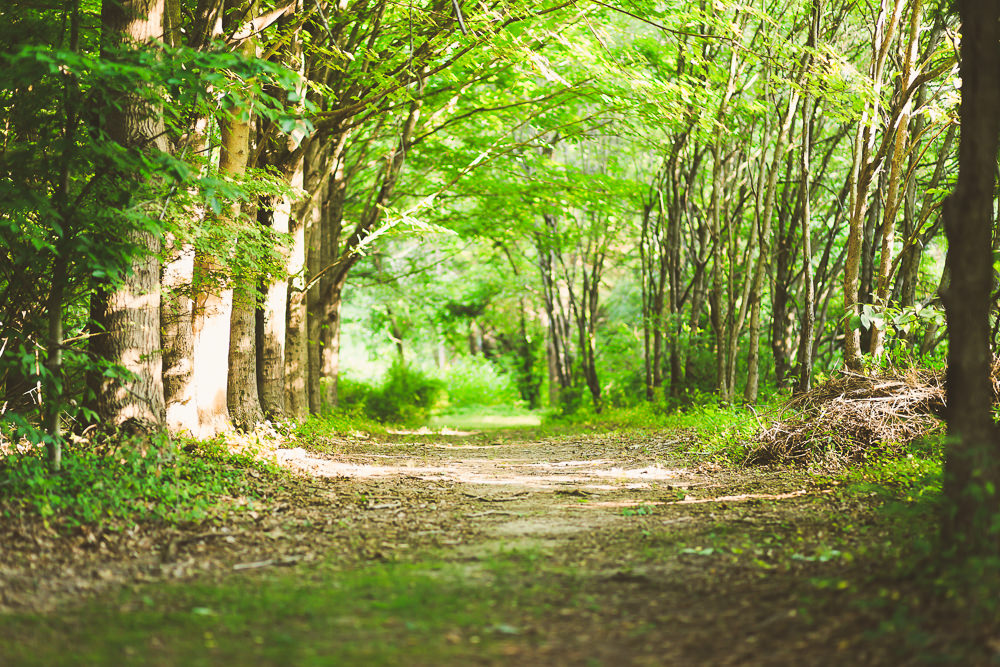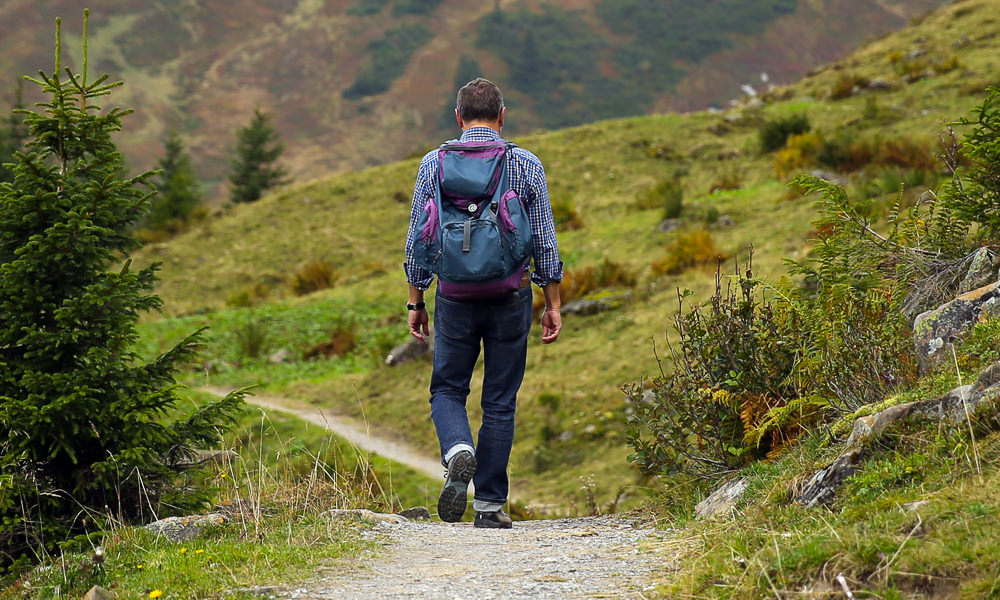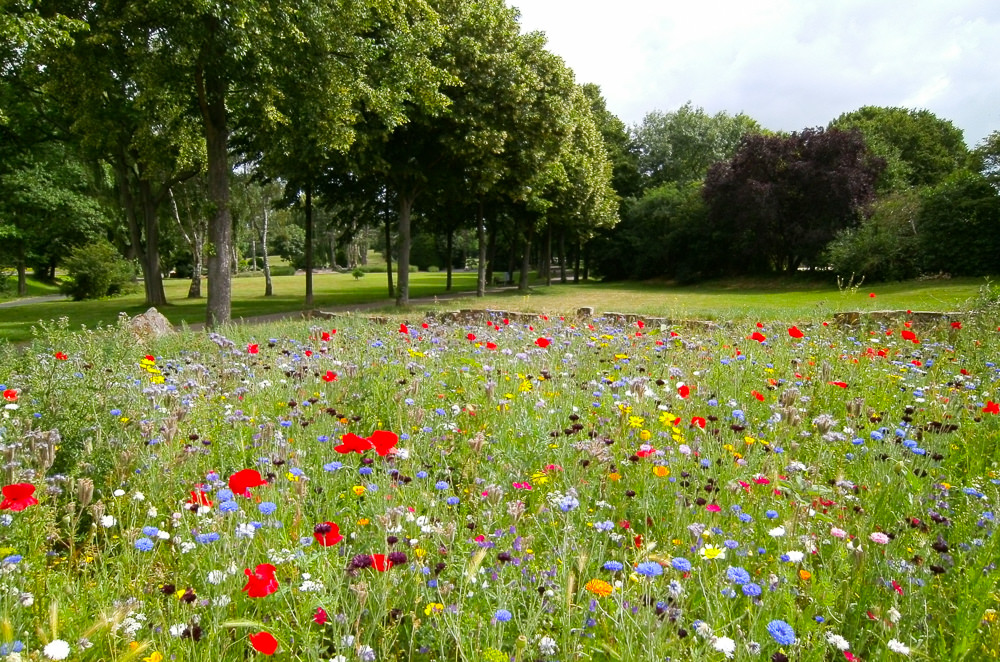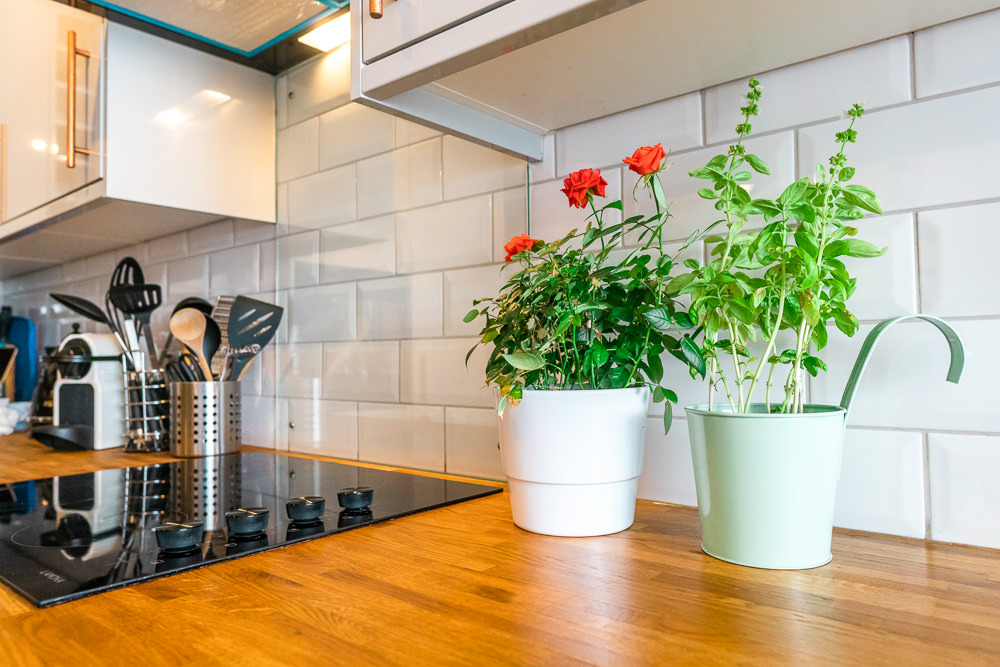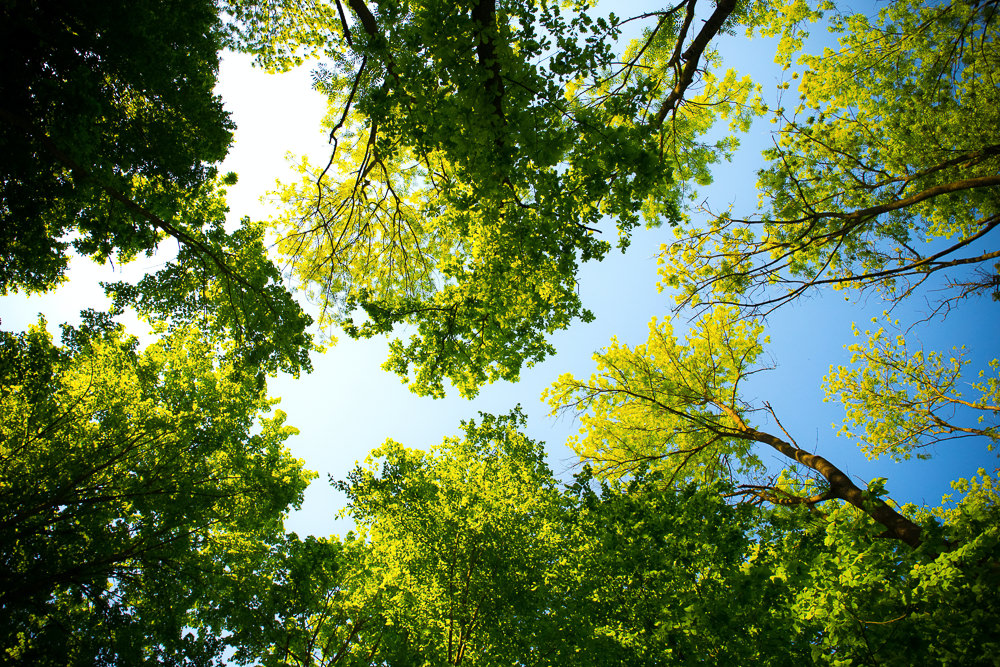How to Harness the Healing Power of Nature
Walking in a park is nice, but it might have more health benefits than you realize. More and more research is finding that time spent in nature has remarkable healing effects.
Studies show that spending time in nature can:
3. Improve your vitamin D supply
6. Strengthen your immune system
7. Lighten feelings of depression
In this article we will explain exactly how to combine the takeaways from all these studies—benefitting from nature is easier than you might guess.
What Works Best?
To get the health benefits from all those studies, take a 20-minute walk every day, getting as much sunshine as possible, and walking in the greenest environment you can.
Don’t worry if that doesn’t work for you! There are plenty of other options if you don’t have access to nature, have trouble walking, or can’t fit 20 minutes of outdoors time in every day. While an after-lunch walk is the best way to gain the positive effects of time in nature, here are some alternative ways to benefit from nature:
Walking vs. Sitting
Many seniors have trouble walking, so it’s encouraging that sitting in nature provides similar benefits to taking walks.
Walking is a uniquely healthy activity. However, joint or muscle problems can make walking uncomfortable or unfeasible for many older adults. If that’s the case for you or your loved one, sitting in a natural environment is a perfectly viable option.
One Finnish study showed that sitting in nature for just 15 minutes helped people feel restored. There were more benefits to walking for 15 minutes, but all participants who spent time in nature showed improvements in mood and creativity, and reductions in physiological stress. There was another interesting takeaway: if you have a choice between a park or a forest, choose the forest, which was slightly better at making people feel good.
Daily vs. Weekly
Too busy to take a walk after lunch every day? There are other great ways to spend time in nature. A study in the scientific journal Nature found that the most important metric wasn’t minutes per day, but rather minutes per week. People who took a single two-hour walk on the weekend saw the same positive results as those who racked up two hours outside by walking every day.
What the study also found was that it’s important to hit two hours of outdoors time every week. More than two hours helped, up to a certain point (five hours), but people who spent fewer than 120 minutes outdoors in a week saw very little benefit from their time in nature. Here’s a breakdown of different ways to make the most of nature’s healing effect:
– 10-minute walks after both lunch and dinner every day
– 20-minute walks after lunch every day
– Walking for one hour, two days a week (perhaps on Mondays and Fridays)
For seniors who find extensive walking uncomfortable, sitting outside should work nearly as well. Based on the similarity of the Finnish study mentioned earlier, sitting outside for two hours per week should not only improve your mood, but is likely to provide similar benefits as spending the same time walking outdoors.
One final note on minutes per week is the recommended maximum. While there are impressive benefits to spending at least two hours outside, being outdoors for more than five hours didn’t provide much improvement. When it comes to hours spent outside per week, two is good, five is best, but six might be unnecessary.
Morning vs. Afternoon
One of the popular recent studies encouraging people to spend time outside focused not so much on green foliage as on sunlight. They found that people healing from a spinal injury recovered more quickly and used less painkiller medicine than those who were not in rooms with natural light.
The takeaway here is getting outside is even better when it’s sunny. Morning walks are a popular way to start your day, but they might not make the most of your time outside. If possible, get out when the sun is up and shining brightly. If it’s overcast (as it often is in Upstate New York), walking between 1pm and 3pm can help, since that’s when the sun is at its strongest. This is especially important for older adults, since studies show they are at greater risk for low levels of Vitamin D.
Inside vs. Outside
Getting outside is hard for some of us, but not to worry! There’s still hope even if you can’t get outside very often—there are plenty of ways to bring nature inside. Here are three simple things you can do without trying to fit a walk into your daily schedule:
1. Add potted plants to your living space
2. Buy fresh flowers for your favorite room
3. Open windows for fresh air
Plants
Potted plants are a great way to transform your home into a natural and rejuvenating environment. There are plants for every setting. Whether your home is hot or cold, sunny or shady, big or small, you can find just the right plants.
Studies consistently show that adding houseplants to your living space will help you gain the benefits of nature even when you don’t leave your home. If you don’t have a green thumb, there are many resources to help you find the perfect plants. Southern Motion magazine created this easy quiz and it makes the process of finding the right plants effortless.
As a bonus, you can also grow herbs indoors if you like to cook and wouldn’t mind having fresh basil readily available!
Flowers
Fresh flowers can make any room look more cheerful. Their scent also appears to reduce the biological effects of stress, according to this study, so placing fresh flowers in your home or apartment not only looks nice, but can be beneficial for your mind and body.
Another study of aromatherapy showed that the smell of lavender—in this case produced through essential oil—relieved stress and nausea in surgery patients. It stands to reason that fresh (or dried) lavender and other flowers would have similar positive effects.
Fresh Air
Opening a window is perhaps the easiest way to bring nature indoors. The Consumer Product Safety Commission notes that outside air has been found to be cleaner than inside air, even in the most polluted cities. If that’s true in cities, imagine the benefit of opening your windows in a rural or suburban setting where you’re surrounded by grass and trees.
Fresh air is a critical part of personal health; air pollution is now considered the most common cause of health issues. A drop in air quality has even been found to make the stock market perform worse! Whether or not you’re a stockbroker, opening your windows to let in some fresh air is bound to have positive effects.
Make the Most of Your Natural Habitat
Our bodies are at their best when they’re in the right environment. The more we can get outside and enjoy the beauty of the natural world, the better for our health.
There are limits, of course—adding a single potted plant to your bedroom probably won’t cure diseases—but exciting research continues to reveal nature’s powerful restorative effect. If you want to take advantage of those natural benefits, follow one of these simple plans:
1. Walk or sit outside for two-five hours every week. One long hike on the weekend or daily 20-minute strolls work equally well; the key is to be outside for two hours minimum.
2. Get some natural sunshine. Whether you sit reading or walk while it’s sunny, the Vitamin D will be a great boost to your mood and your immune system.
3. If an injury or infirmity prevents you or your loved one from adopting a walking routine, sitting in a natural environment for similar amounts of time can be a great substitute.
4. There are even options when getting outside isn’t possible:
– Add potted plants to your living space
– Keep fresh flowers in your room
– Open windows for fresh air
Maintaining good health can seem complicated. There’s mental, physical, and emotional health, plus other aspects that all need to be taken into account. The great thing about spending time in nature is that it tends to improve our wellbeing across all these categories. Research into nature and health continues to accumulate, proving that good health is, after all, just a walk in the park away.
Ashton Place is a senior living community located in Clifton Springs, NY, a quaint village with a rich history. Visit our Frequently Asked Questions page to learn more about our comfortable apartments and flexible living options.
